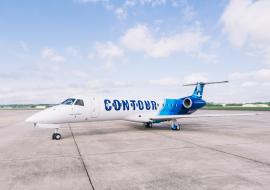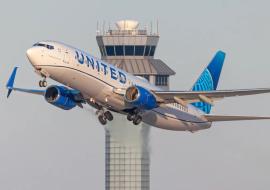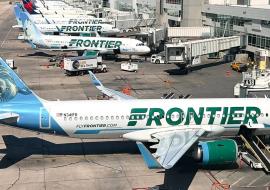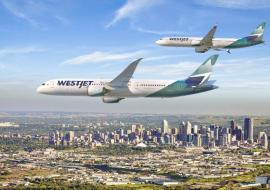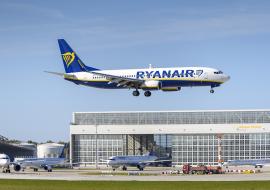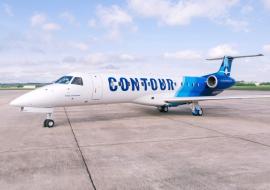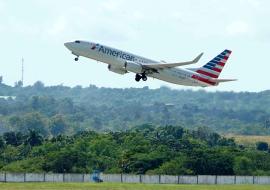How Plane Builders Are Trending Away from the Seat Squeeze
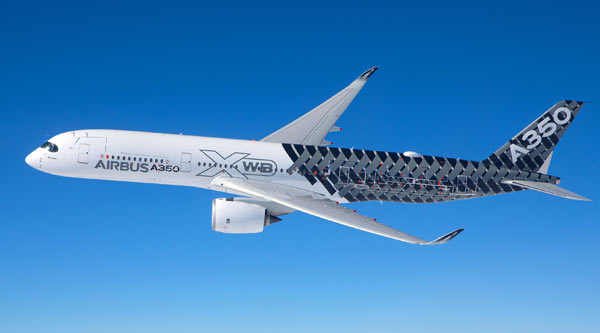
Economy Class — two words that are dreaded by every airline passenger. Nobody looks forward to economy class, but it’s the harsh reality for the great majority of us. And although some airlines have done their best to shoehorn us into our seats, two aircraft manufacturers are trending away from that tight fit with their newest planes.
Throughout its history, Airbus has played second fiddle to Boeing. After all, Boeing had about a 60-year head start. But the big advantage in being the second to market is that you get the chance to improve your product based on your competitor’s shortcomings. This is where it becomes important for travelers.
In 2003, Boeing announced the development of the plane that would become the 787 Dreamliner. The clean-sheet twin-engined jet built from carbon fiber composite would be the most efficient jet ever built for airlines, and hundreds were ordered. It wasn’t until 2006 that Airbus responded with a brand new design, capable of matching the 787’s performance. This new plane — the A350XWB — showed Airbus’ focus not only on what was best for airlines, but also their passengers.
The “XWB” in the A350XWB moniker stands for “Extra Wide Body.” Every inch counts when you’re on a long international flight, and Airbus designed their plane to be just over seven inches wider than Boeing’s 787. Boeing showcased the 787 with 8 seats per row, but said airlines could fit up to nine.
Most have opted to add that extra seat when configuring their planes, making the economy seat width a little less than 17 inches. However, the extra width of the A350 allows nine seats per row, which maximizes revenue while also giving passengers 18 inch-wide seats. An inch doesn't seem like much, but it makes a huge difference on long flights.
Source: www.travelpulse.com







